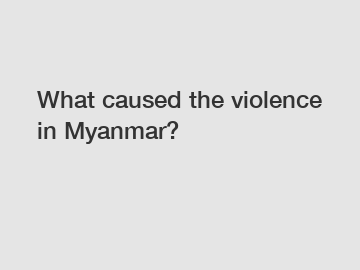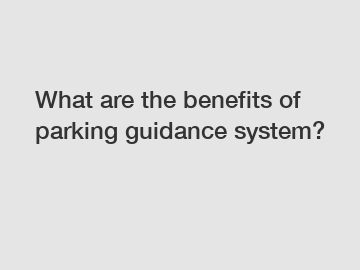What caused the violence in Myanmar?
The recent violence in Myanmar has caused widespread concern and condemnation from the international community. The root causes of the violence are complex and multifaceted, involving historical, political, and social factors. Understanding these causes is crucial to finding a lasting solution to the conflict.
**Historical Background**.
Myanmar has a long history of ethnic tension and conflict, dating back to the colonial era when the British ruled the country. The British practice of divide and rule exacerbated existing ethnic divisions and sowed the seeds of distrust and animosity among different ethnic groups. .

After gaining independence from British colonial rule in 1948, Myanmar (then known as Burma) continued to struggle with ethnic tensions. The central government's policies favoring the majority Bamar ethnic group further alienated minority ethnic groups, leading to armed conflict and violence.
**Political Factors**.
The military has played a dominant role in Myanmar's politics since a coup in 1962. Over the decades, the military junta implemented oppressive policies, including the denial of basic rights and freedoms to ethnic minorities. The military's heavy-handed tactics further fueled resentment and resistance among minority groups.
The 2010s saw a gradual transition to a semi-civilian government, with Nobel laureate Aung San Suu Kyi's National League for Democracy (NLD) coming to power in 2015. However, the military retained considerable power and influence, particularly through the constitution that guaranteed it a significant role in politics. This power-sharing arrangement created a tense and unstable political environment, which eventually boiled over into violence.
**Social Dynamics**.
Myanmar is a diverse country with multiple ethnic groups, each with its own language, culture, and identity. The lack of recognition and protection of minority rights, coupled with economic disparities and social inequality, created fertile ground for conflict. The Rohingya Muslim minority, in particular, faced discrimination and persecution, leading to a humanitarian crisis that attracted global attention.
The rise of nationalism and religious extremism further polarized society, driving a wedge between different ethnic and religious communities. Hate speech and incitement to violence spread through social media, exacerbating tensions and contributing to the outbreak of violence.
**Conclusion**.
The violence in Myanmar is a result of a complex interplay of historical, political, and social factors. Addressing the root causes of the conflict requires a comprehensive approach that addresses the grievances of all ethnic groups, promotes dialogue and reconciliation, and upholds the rule of law and human rights.
The international community has a role to play in supporting efforts to resolve the crisis in Myanmar. Diplomatic pressure, targeted sanctions, and humanitarian assistance can all help alleviate the suffering of the affected populations and push for a peaceful resolution to the conflict.
In conclusion, the violence in Myanmar is a tragic outcome of long-standing grievances and deep-seated divisions. Only through a concerted effort to address these root causes can peace and stability be restored to the country. It is essential for all stakeholders to work together towards a just and lasting resolution to the conflict.
If you have any questions or would like to learn more about the situation in Myanmar, please do not hesitate to contact us.
If you want to learn more, please visit our website all types of resistors, film type resistor, resistor types.
Related Articles









Comments